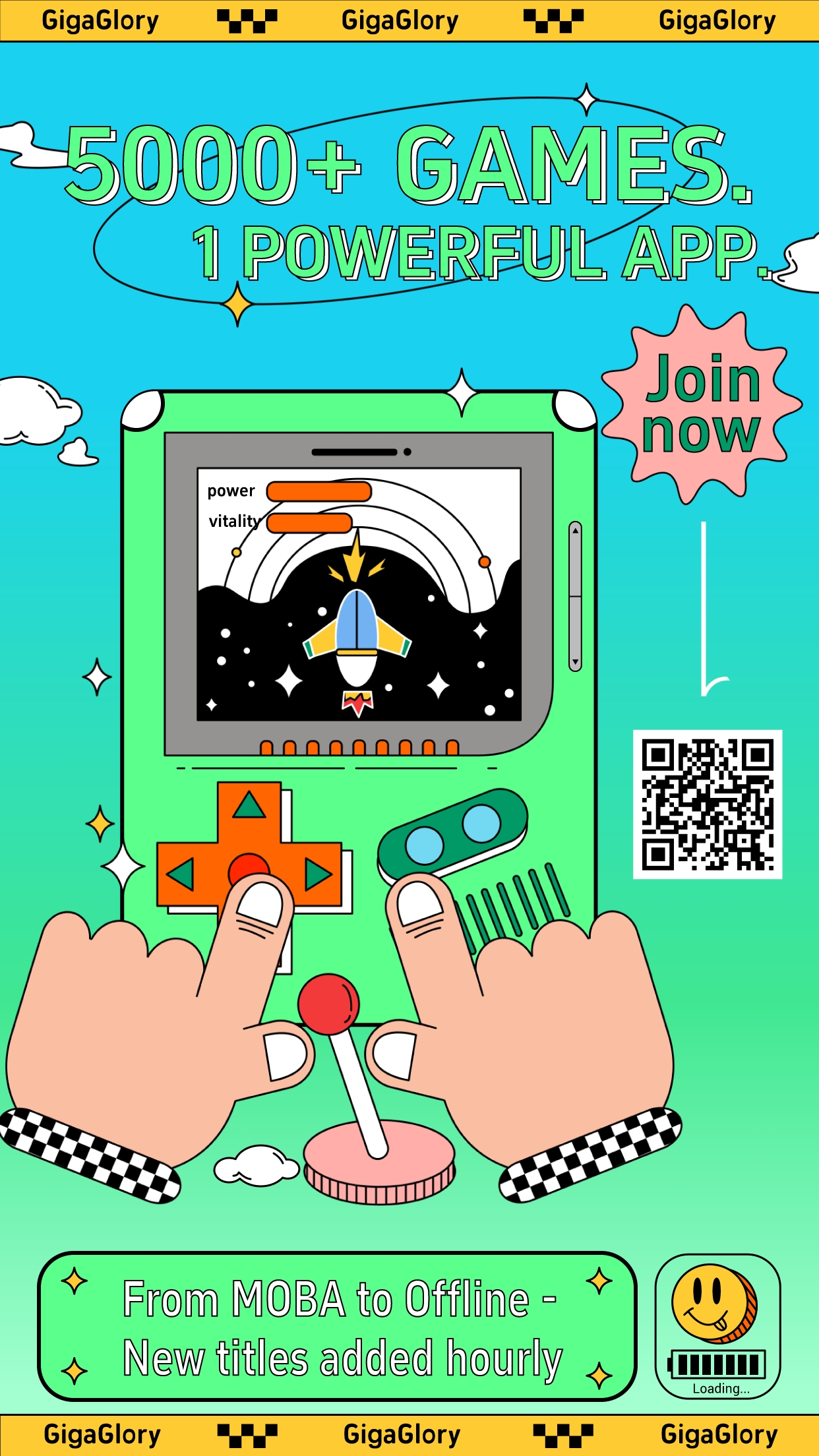Unlocking Creativity: How Educational Building Games Enhance Learning Experience
Introduction to Educational Building Games
In an ever-evolving educational landscape, the quest for innovative learning strategies is more crucial than ever. One such strategy is educational building games, a captivating blend of fun and learning that stimulates creativity and problem-solving skills among students. These games encourage players to construct their own environments, fostering engagement and deeper understanding of complex concepts.
Defining Educational Building Games
Educational building games combine the principles of education with gameplay mechanics. They often involve tasks that require critical thinking and creativity while promoting collaboration. From simple block constructions to sophisticated simulations, these games offer a diverse range of experiences for various age groups.
The Role of Creativity in Learning
Creativity is not just about artistic expression; it's a cornerstone of the cognitive process. Engaging in creative activities allows learners to explore, experiment, and discover. Building games tap into this vital component, providing students with platforms where they can innovate without fear of failure.
How Building Games Enhance Learning
- Problem-Solving Skills: Educational building games challenge players to overcome obstacles and find solutions, which enhances their problem-solving abilities.
- Teamwork: Many building games encourage collaborative play, teaching students the importance of teamwork.
- Critical Thinking: Navigating through challenges cultivates analytical skills as players assess situations and make informed decisions.
- Creativity Expansion: Players can unleash their imagination, leading to innovative ideas and designs.
Popular Educational Building Games
| Game Title | Platform | Age Group |
|---|---|---|
| Minecraft: Education Edition | PC, Mac, Tablets | 8+ |
| Roblox | PC, Mobile, Console | 7+ |
| TinkerCAD | Web-Based | 10+ |
| LittleBigPlanet | PS4 | 3+ |
Exploring the Benefits of Building Games in Education
The incorporation of building games into educational curricula can yield numerous benefits. Many educators have reported substantial improvements in student engagement and enthusiasm towards learning. Here's a closer look at how these games impact education:
Engagement and Motivation
One of the primary advantages of educational building games is their ability to captivate students' attention. Unlike traditional methods, these games create an immersive environment that motivates learners to actively participate.
Real-World Skills Acquisition
While they promote abstract thinking, building games also impart real-world skills. Players often have to manage resources, budget projects, and collaborate with others, which mirrors real-life workplace scenarios.
The Link Between Building Games and STEM Education
STEM (Science, Technology, Engineering, and Mathematics) is a critical area of focus in modern education. Educational building games provide a hands-on approach to these subjects, allowing students to engage with complex concepts in a tangible way.
Case Studies: Successful Implementation of Building Games
Across schools in Denmark, various case studies highlight the successful integration of educational building games:
Case Study 1: Minecraft in the Classroom
One school district adopted Minecraft: Education Edition to teach subjects from math to history. Teachers reported increased engagement, collaborative learning, and improved understanding of challenging material.
Case Study 2: Roblox for Creativity and Coding
Another institution utilized Roblox not just as a game, but as a learning platform where students create and learn coding principles, enhancing their computer skills. The feedback was overwhelmingly positive as students felt energized and inspired.
Challenges in Implementing Building Games
Despite the benefits, there are challenges. Some educators are concerned about screen time, while others worry about how to align these games with educational standards. It's vital to address these challenges to maximize the effectiveness of educational building games.
Tips for Educators
For those looking to integrate educational building games into their teaching, here are several actionable tips:
- **Align with Curriculum**: Ensure the game content supports learning objectives.
- **Involve Parents**: Keep parents informed about the gaming content and its educational benefits.
- **Limit Screen Time**: Set boundaries on playtime to prevent overindulgence.
- **Evaluate Progress**: Regularly assess students' learning outcomes related to the games.
Conclusion: A Bright Future Ahead
Educational building games represent a revolutionary approach to learning. By appealing to students’ creativity and critical thinking, these games can transform traditional educational paradigms. As demonstrated by various case studies, the integration of these innovative tools into curriculums can enhance engagement and equip students with essential skills needed for the future. Embracing this technology is not merely about playing games; it’s about unlocking the full potential of learning through creativity.



